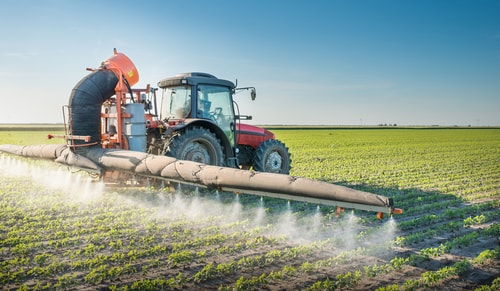Orondis is just one of many new fungicides on the market
By Diego Flammini, Farms.com
As pests, fungi and weeds gradually evolve and become immune to the products meant to keep them at bay, developers are challenged to find a new way to combat these issues efficiently, while still being mindful of the environment.
News out of Greensboro, North Carolina has Syngenta naming their newest fungicide, which contains the active ingredient oxathiapiprolin, Orondis.
"Orondis offers a new, highly effective approach to disease management," said Bernd Druebbisch, fungicide product lead for Syngenta. "Growers will soon have an opportunity to experience the same outstanding protection against economically devastating diseases, including late blight, downy mildews and root and stem rots, as we have witnessed in field trials."
Vegetables, potatoes and tobacco farmers will be able to protect their crops from Oomycete fungi including late blight and root and stem rots.
Symptoms of late blight can include brown lesions and shrivelling leaves.
Orondis also features:
- A new mode of action (FRAC Group U15) with no known cross-resistance to other products
- Systemic, translaminar movement and redistribution to protect developing leaves
- Excellent preventive fungicidal activity
- Rainfastness within 30 minutes of application
- Flexible application methods and tank mix compatibility
- Efficacy at very low a.i. rates and demonstrated crop safety
- The ability to act as a foundation fungicide in integrated pest management (IPM) programs
Syngenta’s Orondis is only one of other new fungicides available to farmers in 2015.
BASF released their Priaxor fungicide to be used on corn and soybeans and SipcamAdvan put their Minerva and Minerva Duo fungicides on the market to control leaf spot in sugarbeets.
Join the conversation. Would Syngenta’s new fungicide be useful on your farm? Have you ever had to manage late blight or root rot?

A tractor sprays the field